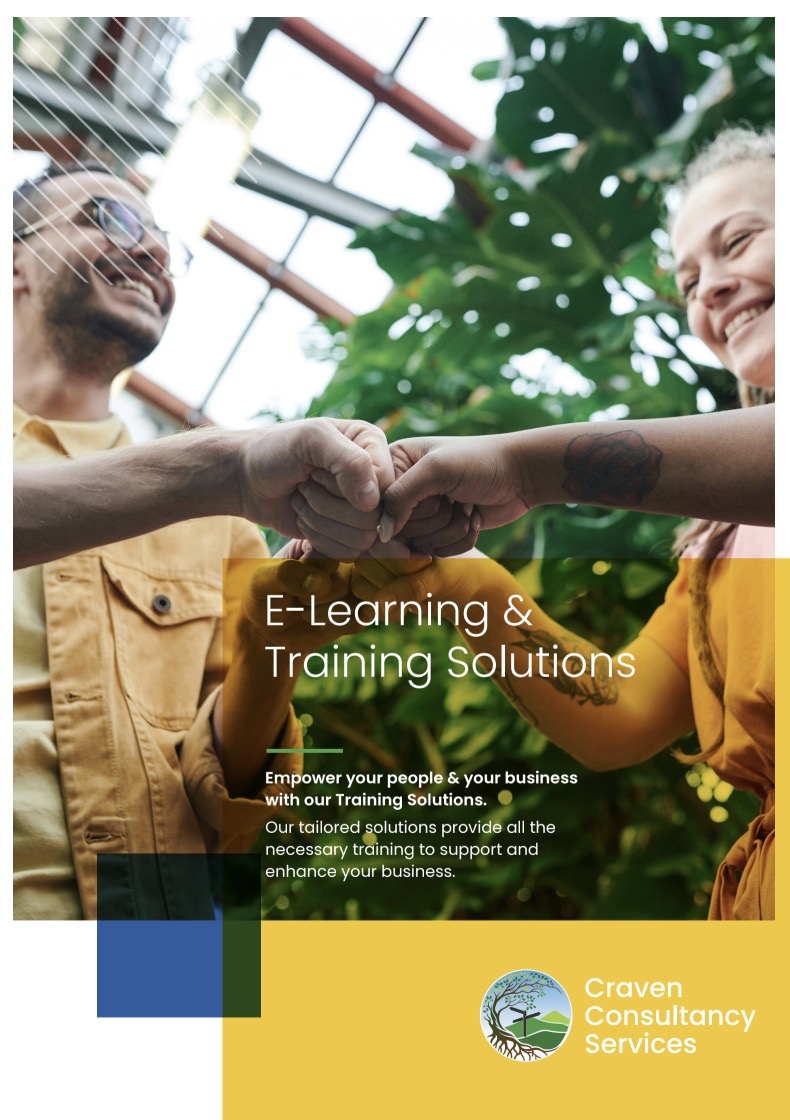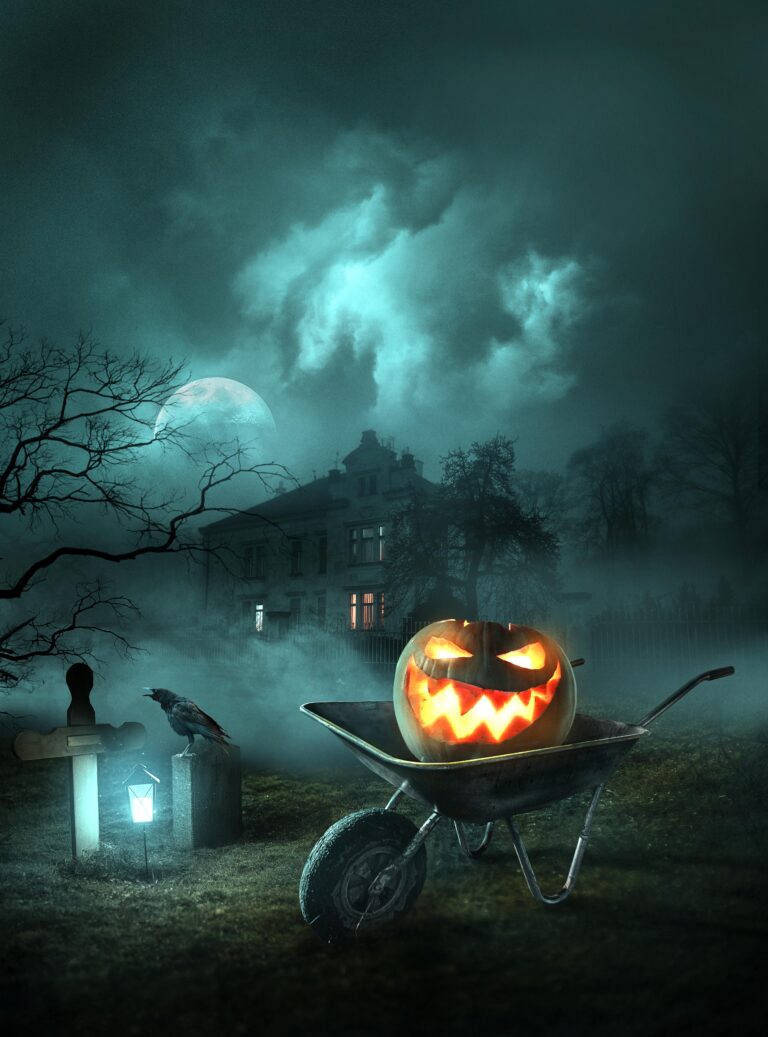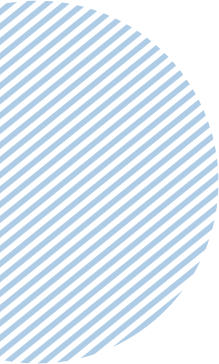Did you know?
Stress, depression and anxiety are the second biggest cause of work-related ill health in the construction industry. The earlier this problem is tackled, the less impact it will have on workers and business. Taking positive action can help to create a more engaged workforce, boost productivity and save money.
Is your job stressful?
For many in the construction industry, the answer is yes. Often construction work does not go as planned – materials are delivered late or arrive damaged, bad weather delays projects and change orders push timelines back further. And when projects fall behind, construction workers bear the brunt of that stress.
 Owners want contractors to deliver projects on time and under budget. After all, delays cost money. Contractors regularly use subcontractors, who are given tight deadlines to meet to ensure the contractor completes the job on time. The usual result is unrealistic expectations creating unrealistic work schedules, which increases the pressure workers feel to move faster and ultimately may lead to injury.
Owners want contractors to deliver projects on time and under budget. After all, delays cost money. Contractors regularly use subcontractors, who are given tight deadlines to meet to ensure the contractor completes the job on time. The usual result is unrealistic expectations creating unrealistic work schedules, which increases the pressure workers feel to move faster and ultimately may lead to injury.
Supervisors, who are responsible for making sure projects get done and also for ensuring the safety of their crews, are often under the most pressure – they are caught in the middle and pulled in both directions.
To get back on schedule, workers are often asked to put in overtime. Though a welcome source of additional income, this time away from family (e.g., up to six 10-hour days) can also bring additional emotional stressors. Working long hours can lead to health problems and an increased risk for accidents due to fatigue. Increased overtime may also lead to more night work, which brings a whole new set of stressors (e.g., disruptions to family life and the body’s circadian rhythms). When time is stretched thin, safety inevitably suffers, along with worker health (both mental and physical).
Another major stressor for construction workers is job security. Not knowing when or where your next job will be or how long it will last can make life difficult to plan and bring all sorts of stress (financial and others) on workers and their families. When job demands increase and bring along a lack of control over your work and schedule, stress is usually the result.
Acknowledge Stress Exists
Acknowledging that stress exists and making it an acceptable topic to discuss on site is another important step. Contractors can use toolbox talks or lunch meetings to discuss stress and encourage workers to open up about the challenges they are facing and pressure they may be feeling.
Taking positive action can help to create a more engaged workforce, boost productivity and save money.
FREE HSE Talking Toolkit – Preventing Work-Related Stress in Construction
This toolkit is aimed at small businesses with a regular workforce (employed and contracted) who want to start looking at this issue. It will also help site managers wanting to identify project-specific issues.
There are six main themes linked to work-related stress. By starting simple and practical conversations in these areas, you will be taking steps to reduce pressure, manage potential stressors and limit the negative impact work might be having on staff. The toolkit outlines how workers should feel in relation to these themes and provides a series of questions to help explore what the issue might be where this is not the case.
The toolkit is designed to be used flexibly. There is no set format for these conversations nor how they should be conducted.
Here are some tips:
Timing: This depends on what works best for you. You could have one conversation a week.
Theme: Your conversations could focus on one theme at a time and you could cover the themes that you feel are most important first.
Setting: The conversations could be held on a one-to-one basis or with a whole team – during a tea break, for example.
Time: Make time for these discussions. They don’t have to be more than 10 or 15 minutes for each theme.
Openness: The toolkit relies on open and honest discussion around issues. Everyone needs to listen to what is being said.
Questions: The questions are intended to help start a discussion. They are not prescriptive; the important thing is to have a conversation that is relevant to your work.
Solutions then actions: These should be agreed together.
Stress Risk Assessment
Did you know that it is a Legal Requirement to carry out a Stress Risk Assessment within your business, if you If you have five or more workers, you are required by law to write the risk assessment down?






 Owners want contractors to deliver projects on time and under budget. After all, delays cost money. Contractors regularly use subcontractors, who are given tight deadlines to meet to ensure the contractor completes the job on time. The usual result is unrealistic expectations creating unrealistic work schedules, which increases the pressure workers feel to move faster and ultimately may lead to injury.
Owners want contractors to deliver projects on time and under budget. After all, delays cost money. Contractors regularly use subcontractors, who are given tight deadlines to meet to ensure the contractor completes the job on time. The usual result is unrealistic expectations creating unrealistic work schedules, which increases the pressure workers feel to move faster and ultimately may lead to injury.






